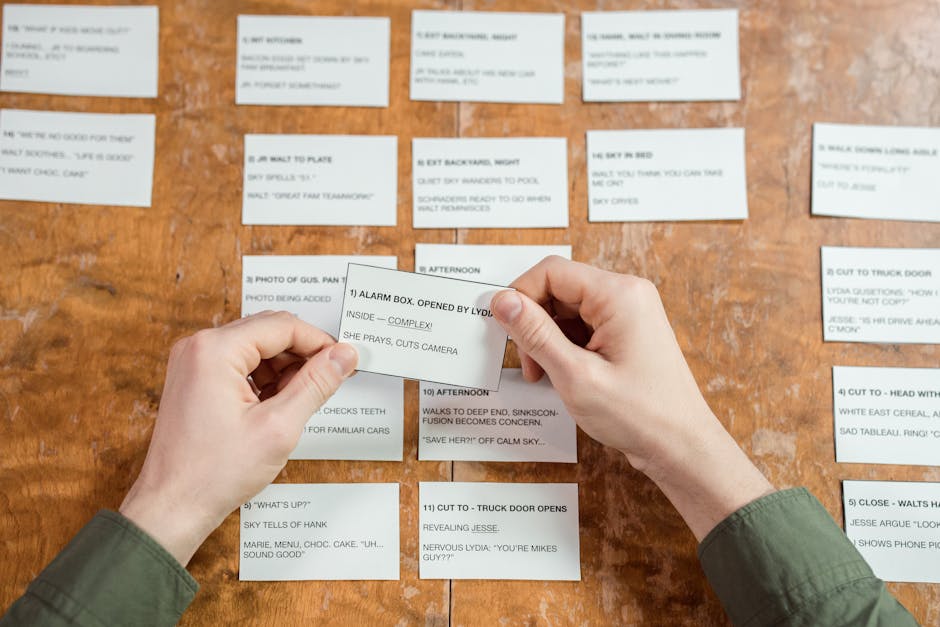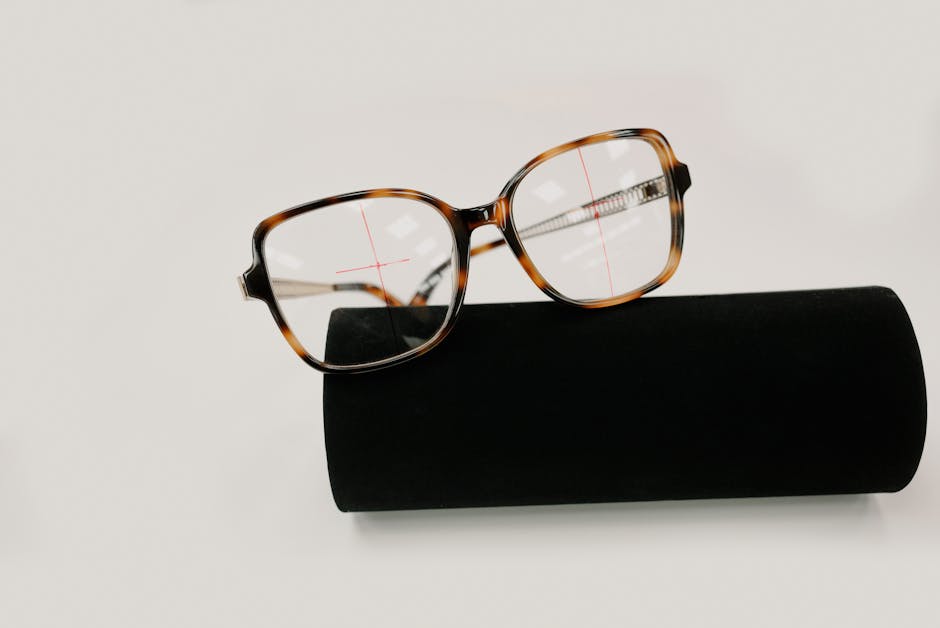UI/UX Design: Shaping The Digital Landscape In Yorkshire
Welcome to the digital landscape of Yorkshire, where UI/UX design takes centre stage, shaping a seamless and captivating user experience.
Like a skilled artist wielding their brush, UI/UX designers use their expertise to create visually stunning and intuitive digital platforms that leave users spellbound.
In this article, we will explore the world of UI/UX design and its pivotal role in transforming the way we interact with technology. Get ready to be immersed in a realm where user-centric design reigns supreme, guiding you through websites and applications with effortless ease.
Discover how designers craft layouts that are not just aesthetically pleasing but also intuitively navigable, ensuring you never get lost in the vast expanse of digital content.
Uncover the secrets behind enhancing user engagement and retention, as well as incorporating visual design principles that captivate your senses.
Join us on this journey as we delve into the art of conducting useability testing and research, optimising for mobile devices, and measuring user behaviour through analytics.
Prepare to witness firsthand how UI/UX design is revolutionising the digital landscape in Yorkshire.
Key Takeaways
- Yorkshire designers prioritise simplicity, clarity, and functionality in their UI/UX designs.
- User-centric design is crucial for enhancing user engagement and retention.
- Useability testing and observation of user interactions are important for optimising UI/UX.
- Mobile optimisation and responsive design are essential for ensuring a seamless user experience on mobile devices.
The Importance of User-Centric Design

You can’t underestimate the impact of user-centric design – it’s what transforms a mediocre digital experience into something truly captivating and unforgettable.
When it comes to designing websites or applications, user satisfaction should always be at the forefront of your mind. Design thinking is crucial in this process, as it allows you to empathise with your users and understand their needs and desires.
By putting your users first, you create an experience that resonates with them on a deeper level. User-centric design ensures that every element of your interface is intuitive and easy to navigate. It takes into account how users interact with technology, their preferences, and their goals. This leads to higher engagement levels and increased user satisfaction.
Imagine visiting a website that anticipates your every move, understands exactly what you’re looking for, and guides you effortlessly through the content. That’s the power of user-centric design. It not only enhances useability but also creates an emotional connexion between the user and the digital product.
In the next section about creating intuitive navigation and layouts, we will delve deeper into how these elements contribute to an exceptional user experience.
Creating Intuitive Navigation and Layouts

Discover how to effortlessly navigate and interact with visually stunning interfaces that’ll leave you feeling empowered and inspired. Designing accessible interfaces is crucial in improving user experience, ensuring that users can easily find their way around websites and applications.
By creating intuitive navigation and layouts, designers in Yorkshire are revolutionising the digital landscape. Gone are the days of confusing menus and cluttered screens. Today, designers are focussed on simplicity and clarity. They carefully arrange elements on the screen, making sure that everything is easy to find and understand. Buttons are placed where they make sense, menus are organised logically, and important information is highlighted.
But it’s not just about aesthetics; it’s about functionality too. User-centric design means considering how people actually use a website or application. Designers conduct user research to understand their needs, preferences, and behaviours. This knowledge allows them to create layouts that match users’ mental models, making interactions feel natural and seamless.
In Yorkshire, designers take pride in their attention to detail. Every element on the screen is meticulously crafted to enhance user engagement and retention. From smooth transitions between screens to subtle animations that provide feedback, every interaction is carefully considered.
By designing accessible interfaces with intuitive navigation and layouts, Yorkshire designers are shaping the digital landscape for an audience that desires understanding while seamlessly enhancing user engagement and retention.
Enhancing User Engagement and Retention

Immerse yourself in captivating interfaces that keep you engaged and coming back for more. When it comes to enhancing user engagement and retention, there are a few key strategies that can make all the difference in improving user experience and increasing user satisfaction.
-
Personalisation: Tailoring the interface to each individual user’s preferences creates a sense of ownership and fosters a deeper connexion with the platform.
-
Gamification: Adding elements of game-like interaction, such as achievements or leaderboards, can make the experience more enjoyable and encourage users to stay engaged.
-
Seamless navigation: Ensuring smooth transitions between pages and intuitive menus allows users to effortlessly explore the platform without any frustration.
-
Interactive features: Including interactive elements like sliders, buttons, or scroll effects adds an extra layer of interactivity that keeps users actively engaged with the content.
-
Feedback mechanisms: Implementing feedback loops, such as surveys or comment sections, not only gives users a voice but also demonstrates that their opinions matter.
By incorporating these strategies into your design process, you can create interfaces that not only captivate users but also keep them coming back for more.
Now let’s delve into how incorporating visual design principles further enhances this engaging experience.
Incorporating Visual Design Principles

Experience the power of visual design principles as they seamlessly integrate elements of colour, typography, and layout to create captivating interfaces that leave a lasting impression on users.
In the world of UI/UX design in Yorkshire, understanding colour psychology is essential. Colours have the ability to evoke emotions and influence user behaviour. By strategically using colours that aline with the brand identity and target audience, designers can enhance user engagement and establish a strong connexion between the interface and its users.
Typography techniques also play a crucial role in creating visually appealing designs. Choosing appropriate fonts, sizes, spacing, and hierarchy can significantly impact readability and user experience. A well-crafted typography system not only enhances useability but also reflects brand personality.
Layout is another key aspect where visual design principles come into play. An effective layout organises content in a logical manner while maintaining visual balance. It guides users through the interface effortlessly, allowing them to find what they need without frustration.
By incorporating these visual design principles into UI/UX projects in Yorkshire, designers are able to create interfaces that not only look aesthetically pleasing but also function intuitively for users. The use of colour psychology and typography techniques ensures that every element serves a purpose in enhancing user engagement and retention.
As you delve further into conducting useability testing and research, you’ll discover how these visual design principles work harmoniously with other aspects of UI/UX design to create seamless experiences for users.
Conducting Useability Testing and Research

Get ready to dive into the world of useability testing and research, where you’ll uncover the hidden treasures of user insights and navigate through the labyrinth of user behaviour to create interfaces that truly resonate with your audience.
User feedback is like a precious gemstone, guiding you towards creating an exceptional user experience. Through useability testing, you have the opportunity to observe firsthand how users interact with your designs. You can gather valuable insights on what works well and what needs improvement. User feedback allows you to understand their pain points, preferences, and expectations, enabling you to make informed design decisions.
Useability metrics provide a quantitative measure of how effective your design is in meeting its intended purpose. They help you gauge factors such as efficiency, learnability, satisfaction, and error rates. By analysing these metrics, you can identify areas for improvement and optimise your interface accordingly.
In this exciting journey of exploring useability testing and research, you’ll gain a deeper understanding of your users’ needs and desires. Armed with this knowledge, you can confidently move forward into optimising for mobile devices while keeping your users at the forefront of every decision.
Optimising for Mobile Devices

Embark on a thrilling journey to unlock the full potential of your designs by optimising them for mobile devices, allowing you to captivate and delight users on-the-go.
In today’s fast-paced world, it’s essential to create seamless user experiences that adapt effortlessly across various screen sizes. This is where responsive design and mobile optimisation come into play.
With responsive design, your UI/UX will automatically adjust and adapt to fit any screen size, ensuring that your website or application looks stunning on both smartphones and tablets. By implementing this approach, you can provide a consistent and enjoyable experience for users, regardless of the device they’re using.
Mobile optimisation takes it a step further by considering the unique constraints and capabilities of mobile devices. It involves streamlining your interface, optimising loading times, and simplifying navigation to enhance useability on smaller screens. By doing so, you can ensure that users can easily access the information they need without frustration or confusion.
By embracing responsive design and mobile optimisation techniques in your UI/UX process, you can create designs that seamlessly transition from desktop to mobile while maintaining their visual appeal and functionality. This allows you to reach a wider audience and enable users to engage with your product wherever they are.
Now that you understand how important it is to optimise for mobile devices, let’s explore another crucial aspect: measuring and analysing user behaviour.
Measuring and Analysing User Behaviour

Understanding how users behave and interact with your website or application is crucial for improving their experience and making informed design decisions. User behaviour analysis allows you to gain valuable insights into what works and what doesn’t, enabling you to optimise your UI/UX design and create a more engaging digital experience.
To effectively measure and analyse user behaviour, it’s essential to implement user engagement strategies. These strategies encompass various techniques such as heatmaps, click tracking, session recordings, and surveys. By using these tools, you can gather data on how users navigate through your site, which features they interact with the most, and where they might encounter difficulties.
Analysing this data will help you identify pain points in the user journey and uncover opportunities for improvement. For example, if users frequently abandon a specific page or feature, it may indicate useability issues that need addressing. On the other hand, if certain sections receive high engagement levels, it suggests successful design elements that can be replicated elsewhere.
By continuously measuring and analysing user behaviour, you can make data-driven decisions when designing or optimising your UI/UX. This iterative process ensures that each change made serves to enhance the overall user experience. Remember that understanding your audience is key; by keeping them at the forefront of your design choices through effective analysis techniques, you’ll create intuitive interfaces that truly resonate with users’ needs and desires.
Frequently Asked Questions
What are the specific challenges faced by UI/UX designers in Yorkshire?
As a UI/UX designer in Yorkshire, you face unique challenges that impact your work. The fast-paced digital landscape demands constant innovation, while the need to create user-friendly experiences requires meticulous attention to detail.
How can UI/UX design contribute to the growth of digital businesses in Yorkshire?
UI/UX design plays a crucial role in the growth of digital businesses in Yorkshire. By creating intuitive and visually appealing interfaces, it enhances user experience and increases customer satisfaction, ultimately driving business success.
Are there any local resources or communities that UI/UX designers in Yorkshire can tap into for support and collaboration?
Looking to connect with fellow designers? Yorkshire offers a vibrant design community where you can tap into local resources, find support, and collaborate on exciting projects. Join design communities for endless opportunities!
What emerging trends or technologies are shaping the future of UI/UX design in Yorkshire?
Emerging trends and technological advancements are shaping the future of UI/UX design in Yorkshire. Stay ahead by embracing new tools, like augmented reality and voice interfaces, to create immersive and intuitive user experiences.
How does the cultural and historical context of Yorkshire influence UI/UX design decisions in the region?
The cultural influences and historical context of Yorkshire play a significant role in shaping UI/UX design decisions in the region. These factors inspire designers to create user-centred experiences that reflect the rich heritage and values of Yorkshire.
Conclusion
As you reach the end of this article, imagine yourself standing on a hilltop in Yorkshire, overlooking the vast digital landscape that lies before you.
The user-centric designs, intuitive navigation, and engaging layouts have transformed this virtual terrain into a captivating experience. Visual design principles have added vibrant colours and beautiful imagery to your journey.
Through useability testing and research, the path has been refined to perfection. And now, armed with insights from measuring and analysing user behaviour, you can confidently navigate these digital hills with ease.
Embrace the power of UI/UX design as you shape your own digital adventure in Yorkshire and beyond!
Contact us to discuss our services now!
